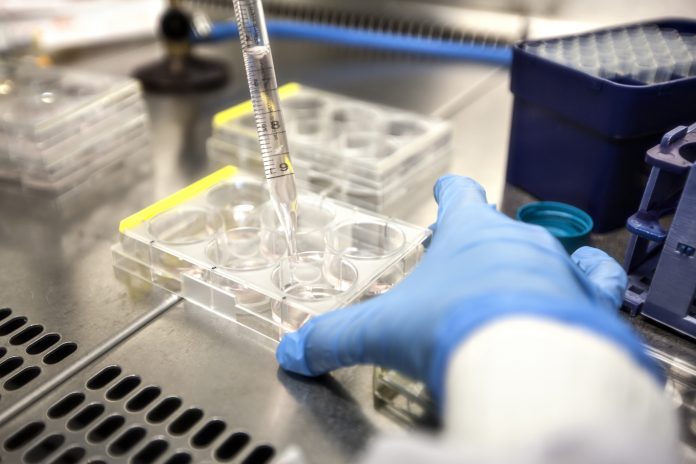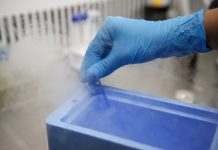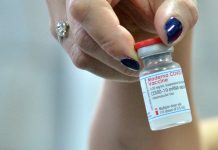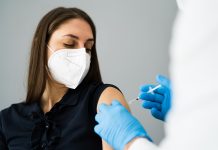A new technique by researchers at Oregon Health & Science University (OHSU) could change the infertility treatment
Their approach involves transforming skin cells into eggs capable of producing viable embryos.
Transforming reproductive medicine
Published in the prestigious journal Science Advances, the study documents the successful implementation of in vitro gametogenesis (IVG) in a mouse model.
IVG, a technique previously considered challenging, holds immense potential for addressing various fertility issues. Led by senior author Dr. Shoukhrat Mitalipov, director of the OHSU Center for Embryonic Cell and Gene Therapy, the research marks a significant milestone in reproductive medicine.
“The goal is to produce eggs for patients who don’t have their own eggs,” explained Dr. Mitalipov.
The technique could offer hope to women facing infertility due to advanced maternal age or previous cancer treatments that affected their eggs. Moreover, it opens doors for same-sex couples to have children genetically related to both parents, representing a new era of reproductive possibilities.
How does it work?
Unlike conventional approaches that rely on induced pluripotent stem cells (iPSCs), the OHSU researchers focused on somatic cell nuclear transfer.
This method involves transplanting the nucleus of a skin cell into a donated egg stripped of its nucleus. Drawing inspiration from the groundbreaking cloning of Dolly the sheep in 1996, the researchers refined the process to produce embryos with genetic contributions from both parents.
The study following a detailed three-step process:
- Nucleus Transplantation: Researchers transplant the nucleus of a mouse skin cell into a donor egg devoid of its nucleus.
- Chromosome Reduction: Prompted by cytoplasm within the donor egg, the implanted skin cell nucleus undergoes chromosome reduction, mimicking the natural process of meiosis.
- Fertilisation: The haploid egg, now containing a single set of chromosomes, is fertilised with sperm through in vitro fertilisation, resulting in a diploid embryo with two sets of chromosomes.
Dr. Mitalipov and his team sequenced the chromosomes, unveiling the intricate mechanisms underlying successful haploid egg production. While challenges remain, including enhancing chromosome pairing accuracy, the research offers invaluable insights into reproductive biology.
“We’re skipping that whole step of cell reprogramming,” remarked co-author Dr. Paula Amato, highlighting the time-saving advantages of their technique.
By circumventing lengthy cell culture processes, the researchers minimise the risk of genetic and epigenetic alterations, expediting the path to clinical application.
Ethical implications to consider before moving forward
Despite the promising results, translating the technique to human applications requires extensive research. Dr. Amato emphasised the need for a comprehensive understanding of chromosome pairing and division dynamics to ensure reproductive fidelity.
“This gives us a lot of insight,” she remarked. “But there is still a lot of work that needs to be done to understand how these chromosomes pair and how they faithfully divide to actually reproduce what happens in nature.”
Ethical considerations are important in reproductive research, with strict protocols to safeguard the welfare of both animal subjects and researchers.
OHSU’s Institutional Animal Care and Use Committee oversees all research involving animal subjects, ensuring adherence to strict ethical standards and safety measures.














